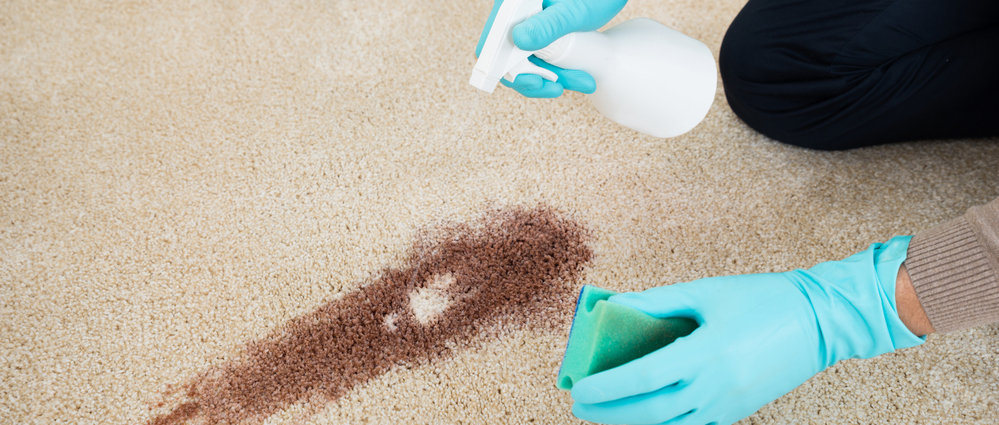Laminate Series, Part 1: How To Choose Laminate
May 15, 2012

Laminate is sometimes considered an impostor floor, due to it’s incredible ability to replicate wood, stone, brick and tile. Laminate has it’s own set of benefits though. It’s easy to maintain, more cost effective than hardwood, easy to install, and can be quite durable depending on the quality you choose.
What exactly is laminate? It’s the result of a direct-pressure manufacturing process that fuses four layers into one durable surface.
The layers of laminate are:
- Back layer: The back is reinforced with melamine for structural stability and moisture resistance.
- Fiberboard core: Ultra dense core board provides impact resistance and stability. It also features an edge-sealing treatment that provides even more structural stability.
- Decorative layer: This layer, which is what you see from above, is actually a highly detailed photograph that gives the laminate the appearance of wood or tile.
- Wear layer: The melamine wear layer is a tough, clear finish reinforced with aluminum oxide, one of the hardest mineral compounds known to man, to resist staining, fading, surface moisture, and wear.
Budget
As with any home-improvement project, a good first thing to know is how much money you’ve got to spend. Your flooring specialist will direct you to the laminate flooring within your price range. Typically, a higher priced laminate will be more durable and have a more realistic look than a lower priced laminate. Which leads us to…Durability
The amount of traffic that your laminate floors are likely to see should be taken into consideration. Lower-priced laminate floors in high traffic areas can begin to show wear in 3 – 5 years, much sooner than a higher-priced laminate.
A common misconception is that a thicker laminate is more durable. Thickness has nothing to do with wear and durability. Thicker laminates will add to the sound deadening qualities of your floor, but can be offset by more sound absorbing cushion. The best way to tell how durable your floor will be is to look for it’s AC Rating.
AC Rating
AC, or Abrasion Class, ratings represent the durability of laminate. If the laminate is unrated, it was lacking in one or more testing areas and is not a great investment.- AC 1: designated for light use in a home setting. It would be best suited for bedrooms where foot traffic is not particularly intense
- AC 2: best for home use, but can withstand greater amounts of travel. Ideal in a formal room such as a living room or dining room
- AC 3: durable enough for general home use in all traffic areas, and can be used in a professional setting with light foot traffic
- AC 4: fit for commercial operations with standard amounts of foot traffic such as a small shop or office
- AC 5: the toughest laminate flooring available, and is best used in a business with heavy amounts of foot traffic such as a public building or department store
Treatment
If your laminate will be fitted in a wet area, look for something that has been treated with a water repellent. Pay special attention that the edges have been treated, as this is where moisture will seep in first.Installation
If you intend to fit the floor yourself, as long as you have reasonable DIY skills, you really should have no installation problems. Laminate is available with a tongue-and groove system, which makes installation a snap. Stay tuned for our next laminate blog, installing laminate floors.Warranty
Different warranties cover specific performance features and a quality product come with the following warranty protection:- Wear, fading and staining: 20 years or more
- Moisture resistance from normal household cleaners and liquid spills: 20 years or more

